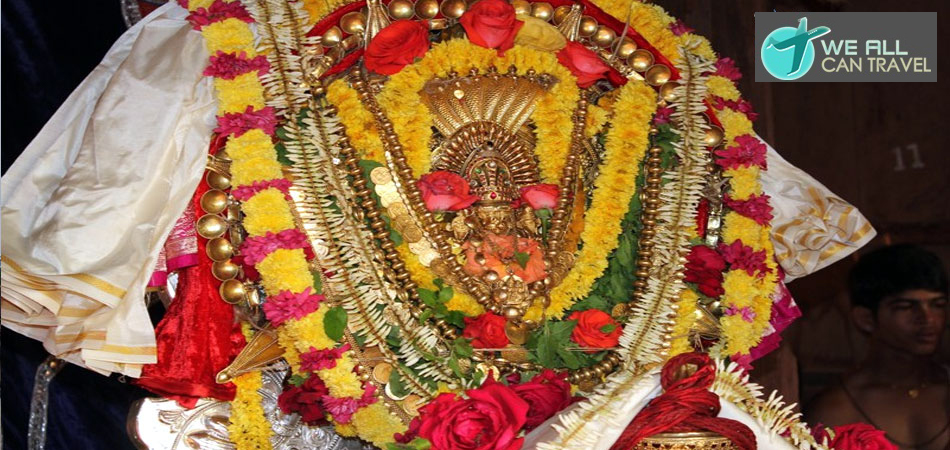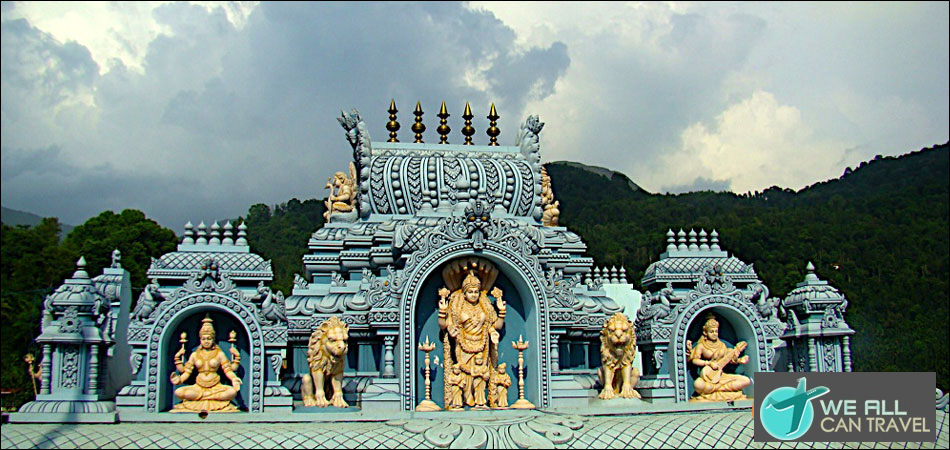Legend Of Sri Kurma Temple
The prominence of Sri Kurma temple is mentioned in Bhramanda purana, Padma purana written by Vyasa Maharshi. There are many legends related to the temple. As per one of the inscriptions and epigraphs found at the Srikurmam temple, the life of Sri Naraharitirtha who was a famous disciple of Madhawacharya, is given. Naraharitirtha was the one who revived the religious fervour of the people, in Kalinga. He was also a disciple of Anandatirtha who in turn was a disciple of Purushottama Mahatirtha. in one of the religious books called "Stotra Mahodadhi", the life of Naraharitirtha and his association with Sri Kurmam temple, is given. According to this, he received initiation from one Purna Prajna, who ordered him to go to the court of the Gajapathi king and be a ruler there. But he was unwilling to become a ruler as he wanted to be a "Sanyasi" (Sage) with his knowledge in Upanishads. But his master told him the actual reason why he wanted him to be the ruler of Gajapathi kingdom. Purna Prajna putforth that in the Kingdom of Gajapathi there was an idol of Lord Rama and Sita, which was left unworshipped, and thus, he wanted Naraharitirtha to acquire and worship it.
Knowing the actual reason, Naraharitirtha set out for Gajapathi kingdom where he was welcomed with joy to become their ruler. He then ruled Kalinga for twelve years as a regent to the minor prince. When the prince grew up to rule the kingdom, Naraharitirtha returned Kalinga to him and took the idols of Lord Rama and Sita Devi, which was his actual purpose to become the ruler. He then handed over the idols to his guru Anandatirtha, who worshipped the idols for nearly eight years and handed them over to Padmanabhatirtha. Padmanabhatirtha worshiped them for six years and handed them back to Naraharitirtha.
Naraharitirtha, the great saint and the founder of Admar Mutt, went around preaching about the greatness of Lord Rama. One night Lord Vishnu appeared in his dream and revealed about His idol which was submerged near a tank in the town. Narasimha Tirtha made arrangements to bring out the idol and worship it with proper rituals. He then retired on the banks of the Tungabhadra where he lived till his end. This is how the Lord came into existence in this temple. The most famous of the legends of this place is that the Lord appeared here to bless king Swetamahipathi. After his death, when the king's bones were thrown in the Swetapushkarini tank, they got converted in to "kurmas" or tortoises. hence this tank is considered sacred and it is believed that one should not enter the tank or even touch the water if they are impure physically.
There is another important inscription, belonging to the year 1273 A.D., related to Nannaya, the great Telugu poet and the court poet of the great Eastern Chalukyan King Rajarajanarendra, written by another king Vijayaditya of the same Chalukyan dynasty. The inscription states that a king translated, or got it translated, the great Hindu Epic Mahabharata into Andhri or Telugu. The Sthalamahatyam (importance of the place) of Srikurmam was told by Rishi Dattira to Vyasa Maharshi. The tale goes that, King Suta ruled on the mountain called Swetachala. He had a wife who was a pious lady and followed a vow of worshipping the Lord on Suddha Ekadashi day, regularly. On the same day, the King came to his wife to make love to her. The queen, who was in a dilema whether to please her husband or stick to the vow, started praying Lord Sri Kurmanatha. The Lord ordered Gangatirtha (the river) to flow in between the king and the queen, so that the queen's does not have to break her vow.
The king who was seperated from his wife started living on the banks of River Vamsadhara. On the order of Sage Narada (who appeared before him), the king performed penance in the name of Lord Vishnu at the place where the Vamsadhara River joins the sea. The king meditated with the 'Kurma Mantra' (chanting the name of Kurma Avatars of Lord Vishnu). Pleased with his penance, the Lord appeared before the King in His Kurmavatara with His armour (Sankha, Chakra, Gada and Padmam). The Lord and the King then proceeded to the next hill where a sage Vakranga Maharshi stayed. While on their way to this hill, Lord Vishnu created a Ksheera Samudram (sacred tank) with His Chakra, the same spot where Goddesses Lakshmi stayed.
This spot later came to be known as "Srikurmam" or "Kurmagundam". Much later, when a hungry Bhil woman came to have bath here, experienced a divine touch. she shared this with her husband who later had a bath in the water and was blessed with the sight of the Lord with His armours. He then constructed a temple for the Lord and attained salvation. Later, even King Suta constructed the temple with golden walls. Under the orders of Narada and Brahma, the king first consecrated Srikurmanatha with the Sudharshana Mantra. Even today, a bath in this tank, before visiting the temple, is considered sacred.
 >> Agasteeshwara Temple
>> Agasteeshwara Temple >> Anantha Padmanabhaswami Temple
>> Anantha Padmanabhaswami Temple >> Ananthasana Temple
>> Ananthasana Temple >> Annapoorneshwari Temple
>> Annapoorneshwari Temple >> Arunachaleshwar Temple
>> Arunachaleshwar Temple